Outdoor emergency skills | emergency treatment of traumatic bleeding

In recent years, with the popularity of outdoor sports, more and more friends have begun to walk into the mountains and experience the fun of outdoor sports. However, outdoor sports may have certain risks due to many uncertain factors such as the environment and the weather. Learning to avoid risks is naturally the primary goal we must learn before we travel.
However, in the event of an accident, how should we deal with it? In the coming days, Xiaobian will share with you some of the common injuries and disposal methods in outdoor activities, hoping to help your outdoor trip.
Today mainly talk about: emergency treatment of traumatic bleeding
First, determine the type of blood vessel that is damaged and bleeding. There are three kinds of blood vessels: arterial blood vessels, vein blood vessels, and capillaries.
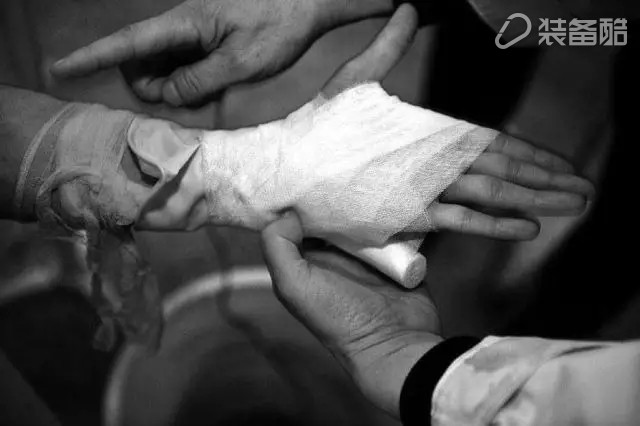
Determine the method:
1. If there is only a small hemorrhage, the damaged blood vessels are capillaries. Capillary damage is not a serious problem. Capillary damage is self-healing, so simple dressing can be done.
2. If the loss of blood occurs in a "flowing" manner and there is more blood flow, the damaged blood vessels are venous blood vessels.
3. If the loss of blood occurs in a "spray," the damaged blood vessels are the arteries. If the bleeding is not timely or improperly stopped, the blood in the body will flow for more than ten minutes, resulting in life-threatening.
â—ï¸ Deadly situation:
1. The wound emits a lot of blood;
2. Bleeding lasted for more than five minutes, or failed to stop bleeding after holding the wound several times;
3. The body has lost more than 250 milliliters (about one cup) of blood.
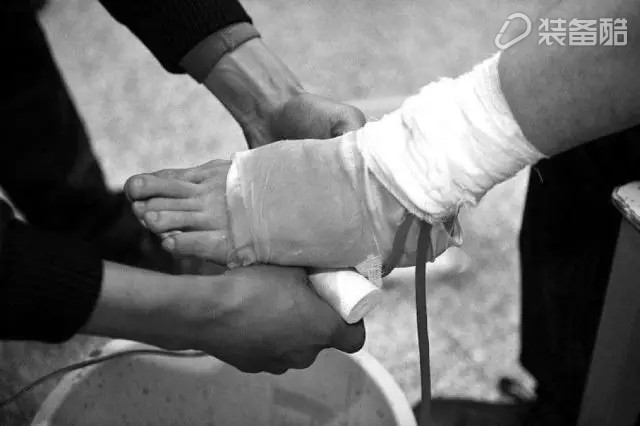
Approach:
If the bleeding site is an arm or leg, it can be lifted above other parts of the body to help stop the bleeding. Then use a clean piece of cloth according to the shape of the wound, and press it on the wound to ensure that the wound part is higher than the surrounding skin, and then use gauze (cloth strips) or bandages to entanglement to stop bleeding, if the blood begins to leak, do not worse Open the original bandage and add a new bandage on it. Note that the winding should not be too tight, because the winding too tight, although there is a hemostatic effect, but it will affect other body tissues at the end, causing other injuries. Only need to ensure that there is enough pressure on the wound to ease the bleeding. Observe after dressing.
In the case of arterial vascular hemorrhage, it should follow the direction of the blood vessel. Pressing the blood vessel on the side close to the heart can help reduce bleeding velocity, and then perform hemostasis treatment at the same time.
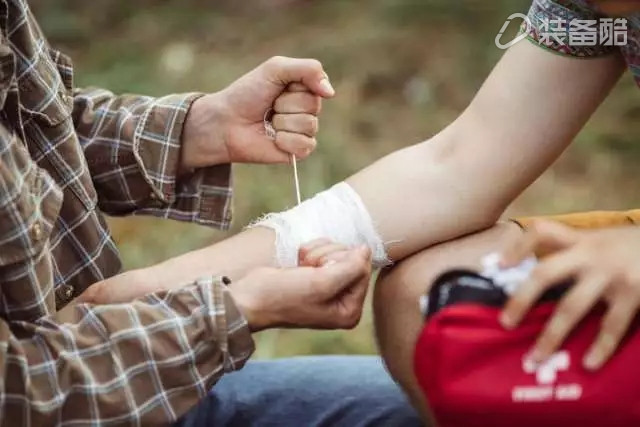
Myth: When someone was dealing with a wound, they often tied a string or string of cloth over the wound and tightened it tightly enough not to see the doctor loose. Although it had a hemostatic effect, it failed to take into account the tissue under the wound, causing the underlying tissue to become purplish and even necrotic. When tied with a string, it should be loosened every 10 minutes and then tied again. If elastic rubber ropes and elastic bands are used, there is no need for secondary loosening. It should be noted that the general venous hemorrhage is slow and does not need to be tied with a rope, and only local pressure dressing can be used.
Such as arterial hemorrhage, taking the femoral artery bleeding as an example, it should follow the direction of the blood vessel. Pressing the blood vessel near the heart (groin) will help reduce the bleeding velocity, and then it will be treated with hemostasis.
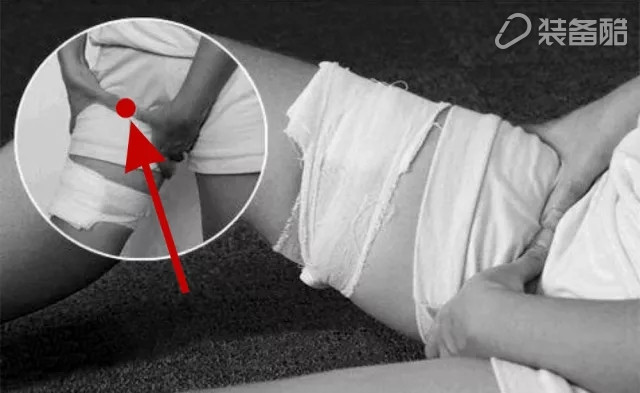
Press the artery at the midpoint of the groin
These situations do not need to be bandaged
Open wounds need not be bandaged as long as they do not bleed, and are covered with clean gauze or cloth before being sent to the hospital to reduce contamination. Open wounds refer to the wound surface of muscle and soft tissue in a certain part of the body. It seems that the wounds are bloody but the arterial veins are not broken. The actual bleeding is not enough and can be sent directly to the hospital for treatment.
Animal bites
After being bitten by an animal, the wound cannot be bandaged (in the absence of static or arterial injuries). Instead, the wound is exposed, which inhibits the growth of anaerobic bacteria. After being bitten by a snake, the method of bundling is used to prevent the spread of toxins and care must be taken to loosen them.
· There are differences between the three types of wound treatment
How to do a finger cut
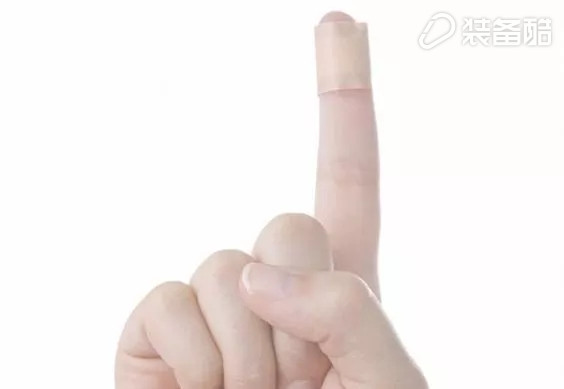
If the finger is cut, hooking it back with the fingers can automatically stop the bleeding. If bleeding continues, use your thumb and index finger of the other hand to cover your fingers. Because the blood vessels of the fingers are on both sides of the finger, this can further stop bleeding. Rinse with clean water, wipe around with alcohol, and bandage. The wound is large and deep. When there is no disinfecting product around, it is necessary to quickly go to the hospital for treatment and a tetanus antitoxin injection is needed.
What to do if your head breaks
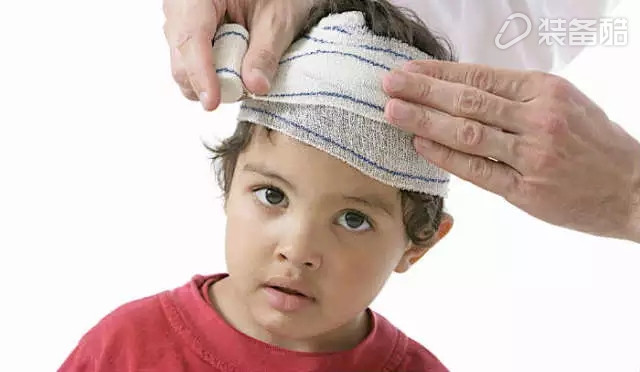
There are many scalp blood vessels, bleeding after injury, and it is not easy to stop bleeding. Immediately press on the wound with a towel or other cloth and press for at least 15 minutes. If there is no convenient item around the injured person, take off a sleeve and stop bleeding on the wound, and then go to the hospital as soon as possible. It should be noted that when the treatment is broken, hemostasis should be dominated by pressure and do not attempt to rinse with water.
What to do if the foot is broken
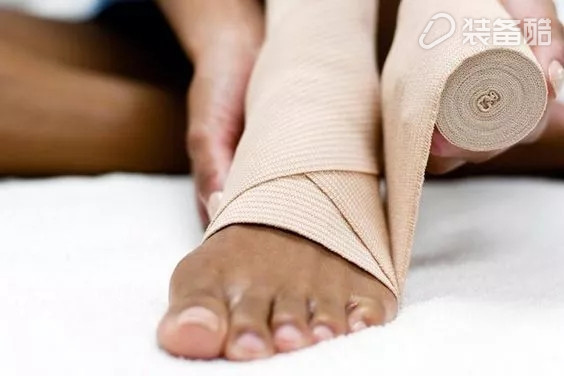
If glass, nails, etc. are out, they can be pulled out immediately because the wound is in a paralyzed state just after injury. The pain is the lightest when it is pulled out immediately. However, it is not necessary to pull out the wood chips when they are injured. Because the wood chips have many burrs, it is not easy to pull out. Should be sent to the hospital and treated by a doctor. After pulling out the nails or smashing the glass, allow the wound to properly bleed and flush the dirt out of the wound. The wound can be rinsed with clean water and then pressed onto the wound with a clean towel or other items. The hospital is completely debrided and tetanus antitoxin injected.
Environmental health, because of this, Ceramic tableware as early as 17-18 centuries on a large number of foreign flow, then has become the world's favorite use of tableware.
2.
The surface of ceramic tableware is smooth and easy to clean. This is the biggest advantage of pottery and porcelain tableware, clean easily, often need not clean agent to be able to clean very clean.
3.
The plasticity of ceramics is strong and the patterns are diverse, which can make various tableware of different shapes. Can mold clay all sorts of shapes, no matter be cup, bowl, dish is waited a moment, can use pottery and porcelain, people often can use the pottery and porcelain tableware of a whole set, the tableware of a similar decorative pattern, each other echo, can yet be regarded as a scenery line in the home.
4.
Stable chemical properties, durable, slow heat transfer, not easy to hot. Porcelain has a certain acid, alkali, salt resistance, not easy to chemical reaction with these substances, will not rust aging. At the same time, it also has the characteristics of slow heat transfer and is not easy to burst under the rapid heat and sudden cooling changes of a certain temperature difference.
Stoneware Dinner Set,Stoneware Cookware,Stoneware Dishes,Stoneware Dinnerware
Henan WonkingChina I/E Co., Ltd. , https://www.wshousewares.com